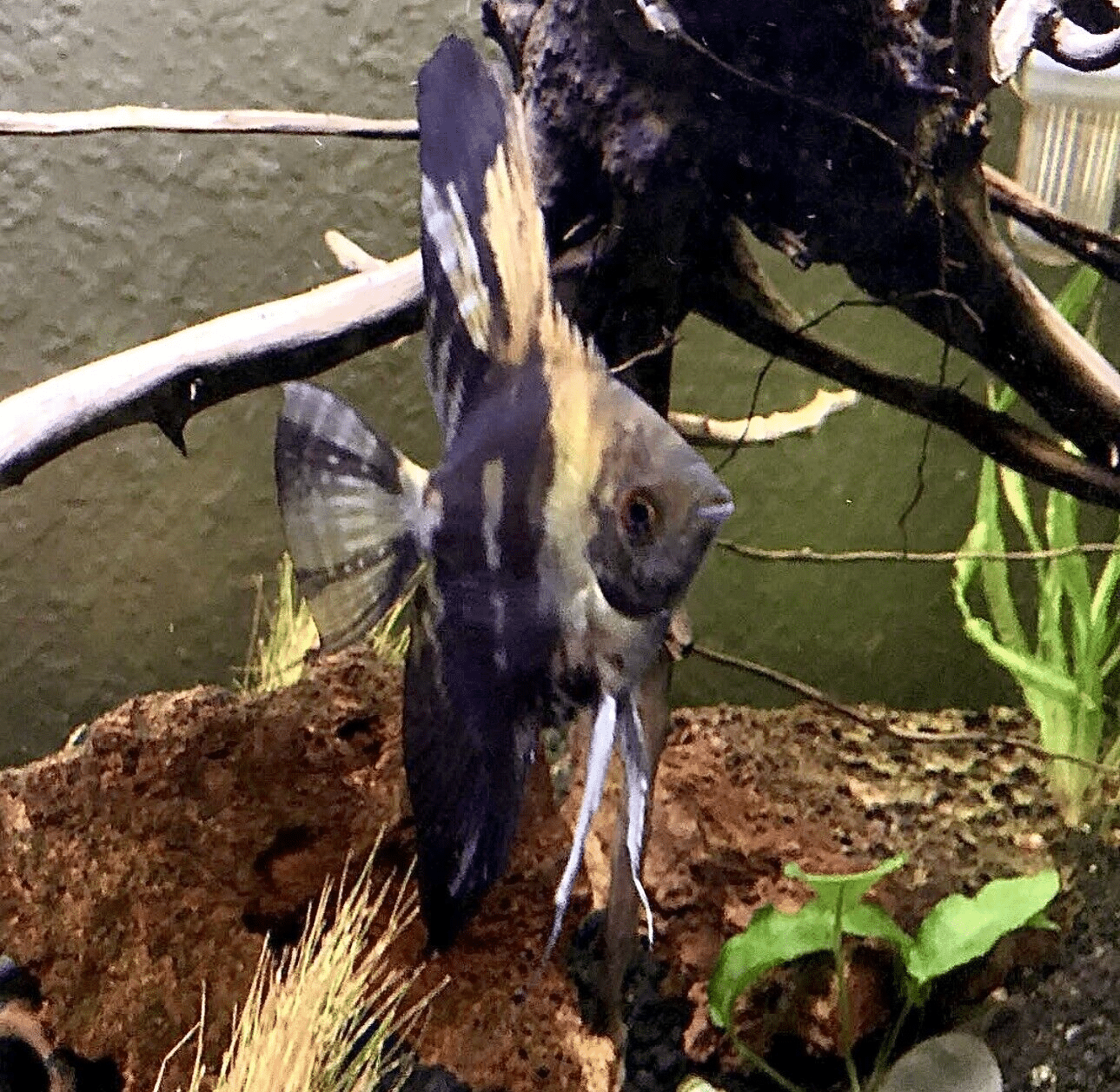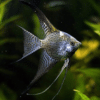To provide the best experiences, we use technologies like cookies to store and/or access device information. Consenting to these technologies will allow us to process data such as browsing behaviour or unique IDs on this site. Not consenting or withdrawing consent, may adversely affect certain features and functions.
The technical storage or access is strictly necessary for the legitimate purpose of enabling the use of a specific service explicitly requested by the subscriber or user, or for the sole purpose of carrying out the transmission of a communication over an electronic communications network.
The technical storage or access is necessary for the legitimate purpose of storing preferences that are not requested by the subscriber or user.
The technical storage or access that is used exclusively for statistical purposes.
The technical storage or access that is used exclusively for anonymous statistical purposes. Without a subpoena, voluntary compliance on the part of your Internet Service Provider, or additional records from a third party, information stored or retrieved for this purpose alone cannot usually be used to identify you.
The technical storage or access is required to create user profiles to send advertising, or to track the user on a website or across several websites for similar marketing purposes.















Emily Carter (verified owner) –
I recently added a Smoke Angelfish to my 55-gallon tank, and I couldn’t be happier! After about two months of care, this beautiful South American cichlid has truly become the centerpiece of my aquarium. The iridescent colors are mesmerizing, especially when the light hits just right—a true testament to their stunning appearance.
What I love most about these angel fish is their gentle temperament. They get along well with my other tropical fish, which includes tetras and guppies. They are peaceful yet curious, often exploring the tank and interacting in a way that brings the whole setup to life. It’s also fascinating to watch them thrive when given a well-maintained environment with plenty of hiding spots and live plants.
I did encounter a slight challenge regarding their dietary needs at first; they are picky eaters. However, once I found a high-quality flake food specifically for angel fish, they took right to it! If you’re new to fishkeeping or looking to add a dash of elegance to your aquarium, I highly recommend the Smoke Angelfish. Their beauty and behavior will surely bring joy to your home. Just be mindful of their social needs and provide a suitable tank environment for optimal health!
Overall, these fish are worth every bit of care, and I would definitely purchase again!